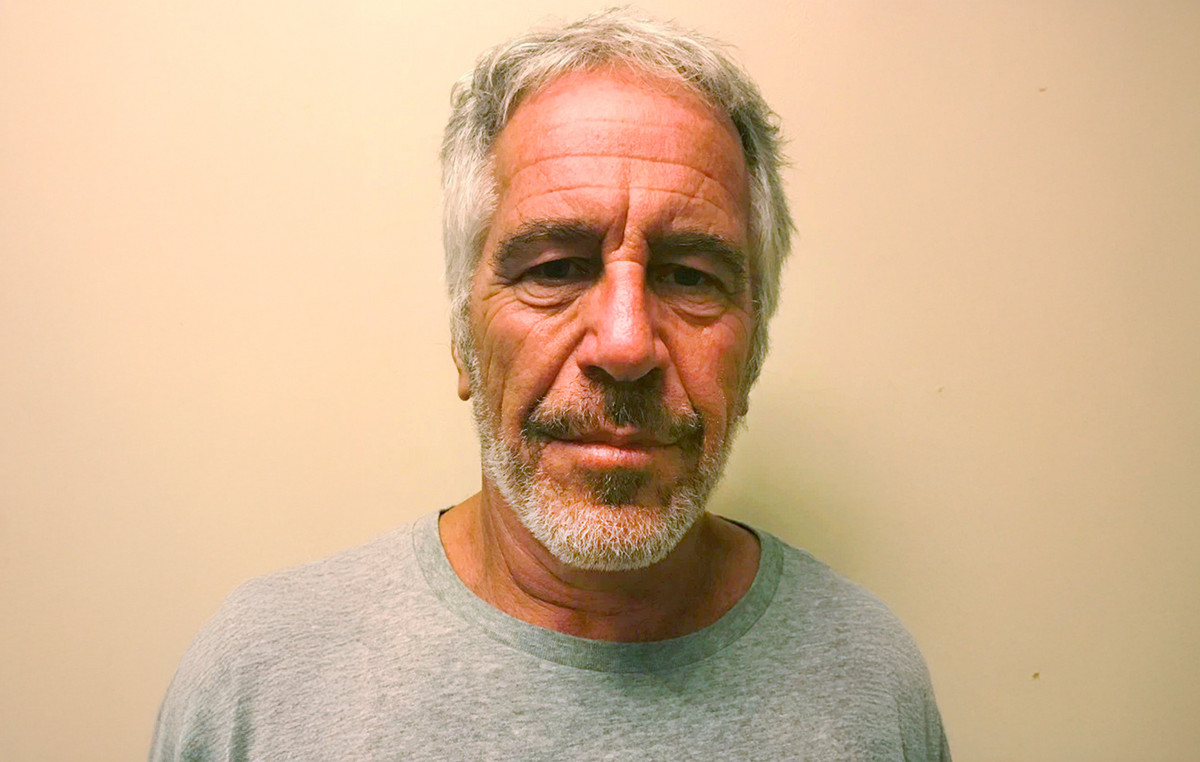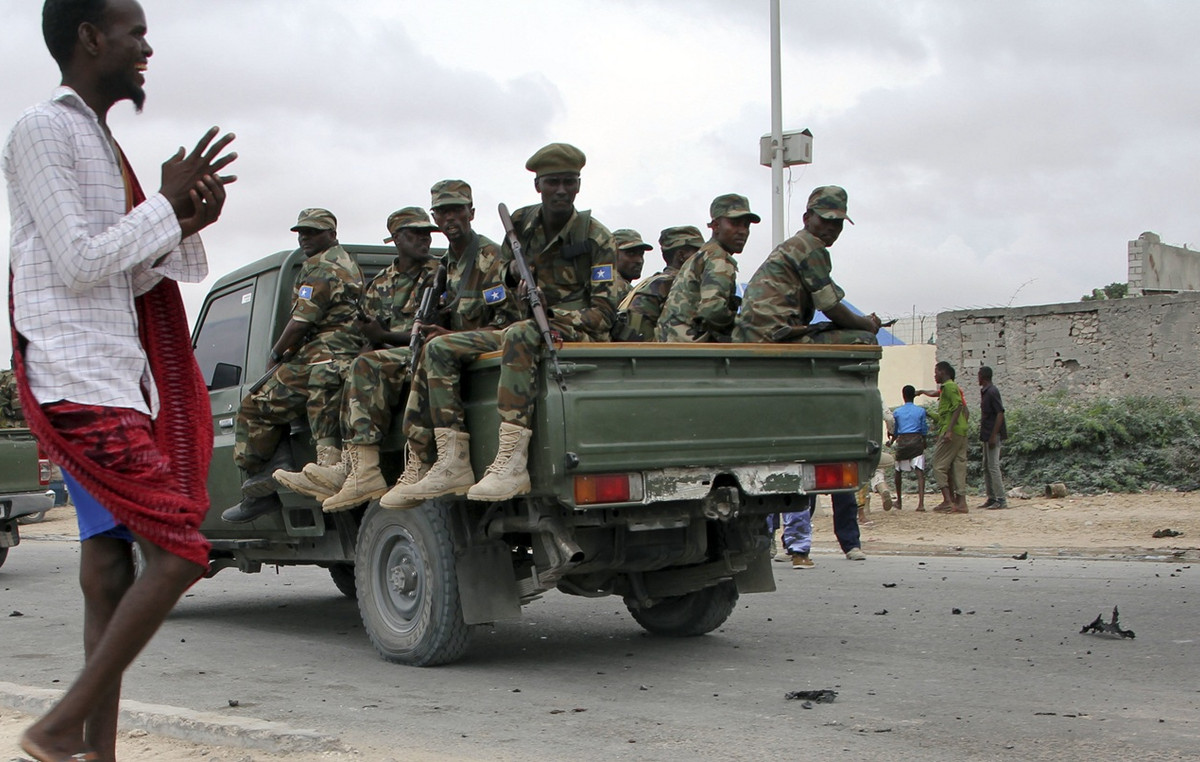If not for the pandemic, life expectancy in Brazil would be 76.8 years in 2020, according to data published this Thursday (25), by the Brazilian Institute of Geography and Statistics (IBGE).
In a note, the IBGE explains that the data released “provide the mortality indicators that would be expected if the country had not gone through the Covid-19 pandemic”.
The Institute informed in a technical note that the “Complete Mortality Tables” released come from a mortality projection, which is based on the 2010 Tables, the year in which population data from the 2010 Demographic Census were incorporated. the effects of the Covid-19 pandemic on the increase in deaths.
Without Covid-19, life expectancy for Brazilians would have grown from 76.6 years in 2019 to 76.8 years in 2020 – an increase of 2 months and 26 days. In five years, life expectancy rose 1.3 years, while in ten years there was an increase of 3.3 years.
There is a discrepancy when data is split between men and women. “For the male population, life expectancy at birth would be 73.3 years, and for women, 80.3 years, in 2020”, informed the IBGE in a statement.
The researchers hope to have a more accurate Brazilian life expectancy next year. In 2022, mortality projections will be prepared after the publication of the results of the 2022 Census, which will bring more information about the population exposed to the risk of dying and the deaths observed in the last decade.
A study coordinated by Brazilian researcher Márcia Castro, from the Department of Global Health and Population at Harvard University, estimated in July that the pandemic reduced expectations by 1.8 years in 2021.
Brazilian population
In August, the IBGE released new data on the profile of the Brazilian population. According to specialists, Brazil grew in number of inhabitants and reached 213.3 million people on July 1, 2021. Last year, the population was 211.7 million.
The estimated population growth from 2020 to 2021 was 0.74%, according to the IBGE.
According to the data, the most populous states are: São Paulo (46.65 million), Minas Gerais (21.41 million) and Rio de Janeiro (17.46 million). Roraima (652.7 thousand), Amapá (877.6 thousand) and Acre (906.9 thousand) are those with less than one million inhabitants.
* With information from Agência Brasil.
Reference: CNN Brasil







